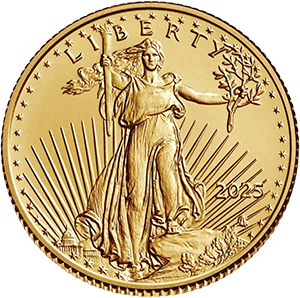
The Gold Rush left a legacy that would shape the course of American history and its economy for generations. While the initial rush ended with much of the gold played out, the influence of the California Gold Rush extended far beyond the 1850s, leaving a permanent mark on the financial landscape of the United States.
Gold and the American Economy: A Shift Toward Prosperity
The California Gold Rush laid the groundwork for the United States to grow into an economic powerhouse. The gold discoveries helped fund the country’s expansion, leading to the construction of the transcontinental railroad, the establishment of new towns, and the further development of agriculture, mining, and manufacturing.
Gold as the Bedrock of Wealth: The Rise of Gold-Backed Currency
The Gold Rush played a key role in solidifying gold’s position in the American economy. As gold poured into the United States, the federal government began to use it to back the country’s currency. By the 1870s, the U.S. was firmly on the gold standard. Gold became the symbol of American wealth, and its role in the economy would remain critical for the next century.
Gold as a Precious Metals Investment: A Legacy in Wealth Protection
The long-term impact of the Gold Rush wasn’t just limited to the U.S. economy—it also helped establish gold as a secure and reliable form of wealth preservation. As the U.S. economy grew, individuals turned to gold as a hedge against inflation and market volatility. Today, businesses like American Standard Gold continue to honor the legacy of gold by helping individuals protect their wealth through precious metals investments.
Gold and Today’s Investment Landscape
The California Gold Rush also set the stage for the modern investment market in precious metals. The legacy of gold has never faded from the American investment mindset. With gold playing a key role in global markets, the Gold Rush era remains deeply intertwined with the way we think about gold investment and wealth building today.

